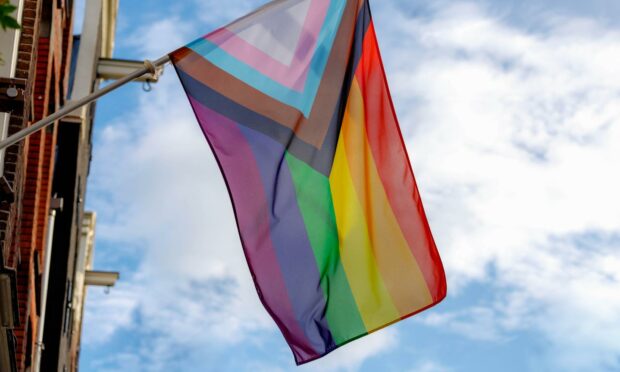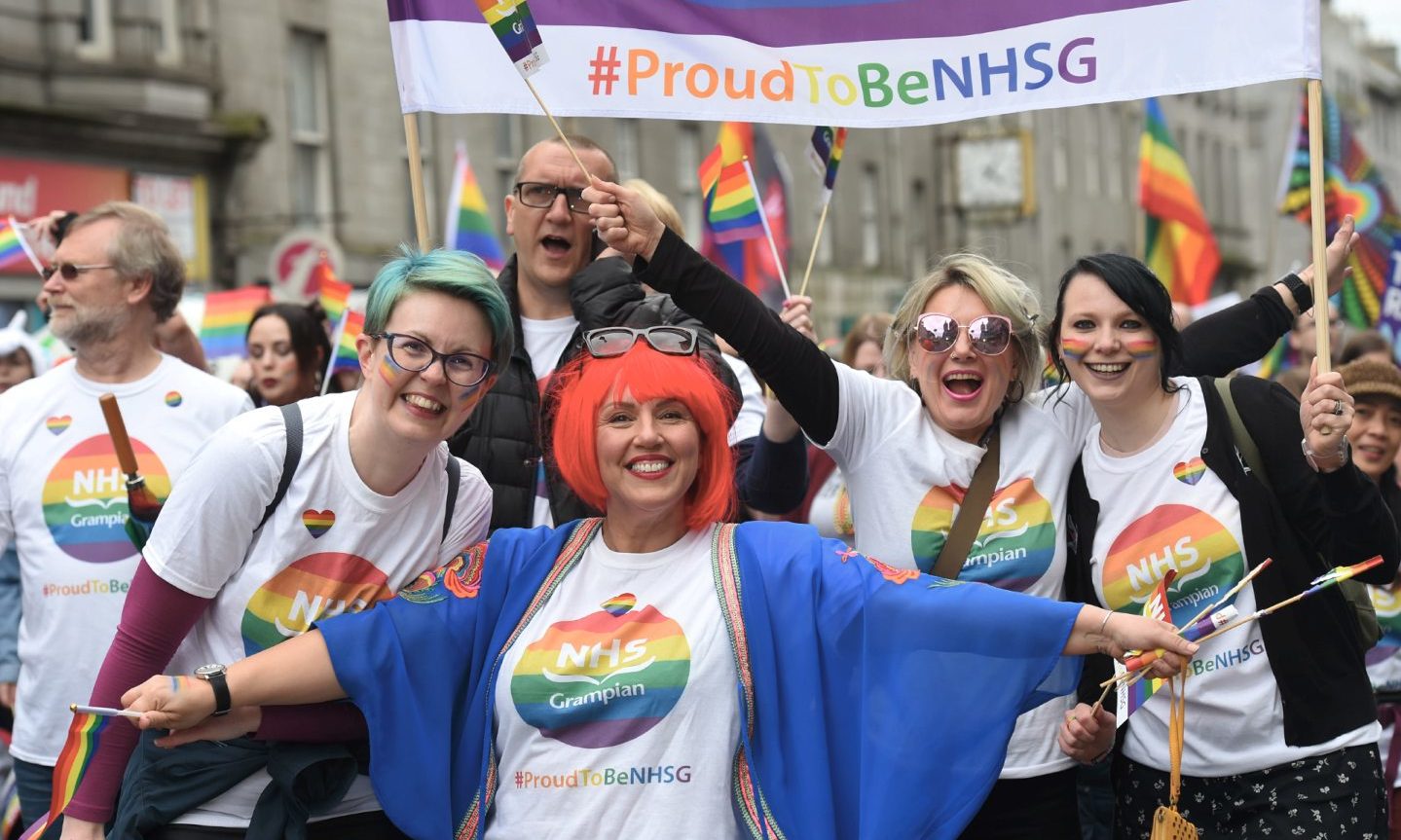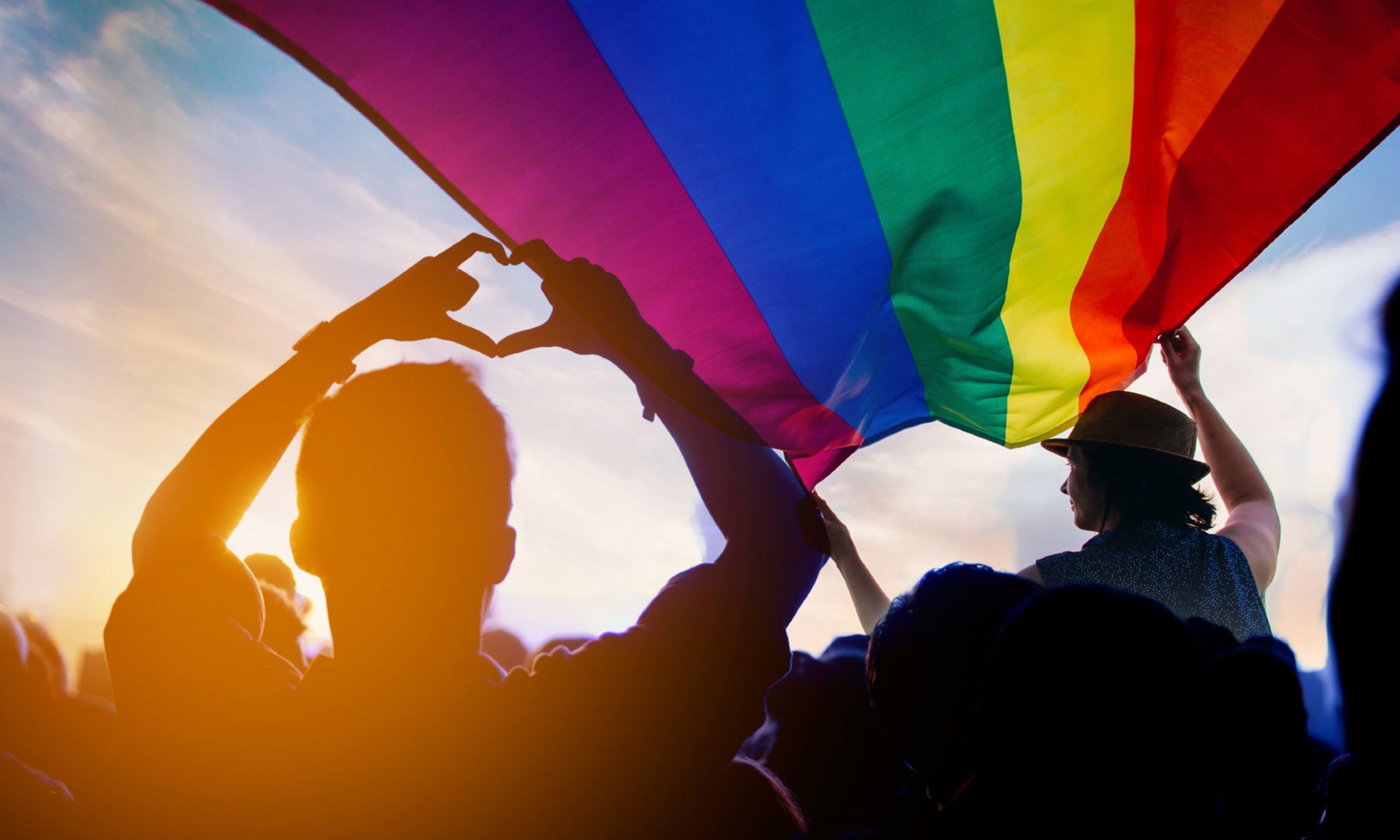When the Covid-19 pandemic forced us into lockdown last March, I was unceremoniously relocated to my parents’ house in Aberdeenshire, where I hadn’t lived for years.
By the summer, once the initial lockdown panic had settled, I realised I was a single queer man in an Aberdeenshire village at the age of 26. Oh dear, I thought, and where will my next date be coming from?
I had made decisions in my life up to this point with the intention of being part of queer communities. To the younger me who had moved away, that meant leaving Aberdeenshire as soon as possible.
In that regard, I fear my mindset had become an instance of a typical queer narrative: kid discovers sexuality or gender identity in small town, comes out to the reluctant acceptance of a majority straight community, then moves away to flourish and be their true selves in a big city.
It is much easier to live a ‘straight’ life in small towns
I understand why queer lives sometimes take this trajectory. It is easier to live in places where there are more out people who identify in similar ways to you, where you are less often asked to explain who you are.
However, the places left behind in these stories are too often the places being left behind by self-styled political and cultural centres (like London and Edinburgh) in other ways. And the story also feeds an assumption – that the small town hosts a majority straight community – which erases the queer people who do not leave, do not articulate themselves as queer though engage in queer practices, or cannot come out of the closet.
We have to accept that in the UK today it remains a much easier option to live a heterosexual and cisgender life and, as a result, many choose not to act on, explore, or present to the world any part of themselves which is queer, or even suggests association with it.
Social cues affirm stereotypes
Whether it is in signing your five-year-old boy up for the school football team or the widespread fanfare which heralds a new series of Love Island, social cues affirm what it means to be male or female and reinforce the message that we should fit those stereotypes – or else there are consequences.
The way that we treat each other is already predicated on the idea that to be heterosexual and cisgender is the normal way to be
To name a few of those: strain on relationships with family and friends, social isolation because you’ve been identified as “different”, risk to physical and mental health as a result of hate crime. In short, things we’d all rather be without.
For Four Pillars, I run an LGBT+ awareness training module which we deliver to businesses, charities, and other organisations. A central principle we promote in our training is to behave in a way that anticipates an LGBT+ person is in the room, even if you think you know for certain that there isn’t.
Too often, acceptance of LGBT+ people takes the form of a tolerance that the odd queer person may crop up and, if they do, they won’t be treated any differently to all the normal straight people. But when the way that we treat each other is already predicated on the idea that to be heterosexual and cisgender is the normal way to be, this doesn’t work.
We have to treat each other differently because the way we do it now often boxes people in and restricts who they can be.
Gender and sexuality shouldn’t put up barriers
Opening up our understanding of gender identity and sexuality isn’t only about building better relationships with the queer people in your life. It is about imagining whole new ways of relating to everyone we meet, where our sexuality and gender identity ceases to be a precondition on which our friendships and relationships are built. This benefits everyone.
Ultimately, Aberdeenshire is as queer a place as anywhere else because – in or out of the closet, presently aware or still to figure it out – queer people are everywhere
Sexuality and gender identity are often depicted as simple – describable in a few words. They are not. They are subjective and everyone experiences them uniquely.
However, we live in a world where frank and thorough explorations of our sexualities and gender identities are discouraged by social norms which paint heterosexuality and cisgender as default ways to be, LGBT+ identities as aberrant alternatives, and anything more nuanced as superfluous.
We should challenge norms
One way to start changing those norms is to stop thinking that being heterosexual or cisgender is normal. That belief is a self-fulfilling prophecy. Norms do not happen on their own; they happen because we embody the behaviours which sustain them. But they can be changed if we adapt our mindsets – if we are sceptical of aspirations to normalcy.
Ultimately, Aberdeenshire is as queer a place as anywhere else because – in or out of the closet, presently aware or still to figure it out – queer people are everywhere.
Historically, our lives and stories have been erased and marginalised. That is clearly the case in Aberdeenshire. But it is changing.
For what it’s worth, here I am. Queer, from Aberdeenshire, unalterably both.
Darryl Peers volunteers with charity Four Pillars, which supports Grampian’s LGBT+ community


